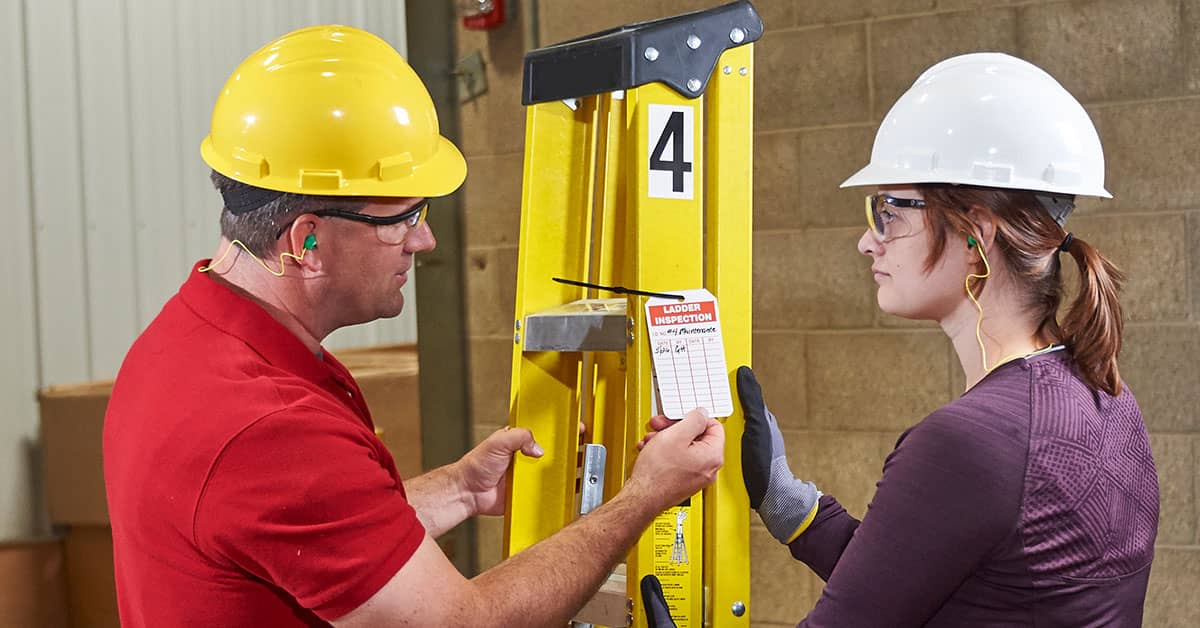When training workers to use equipment, teach them to identify defects
Date Posted: 10/03/2022

Employers must train workers to properly use equipment, but should also explain how to spot problems. You likely have employees who use equipment that they aren’t responsible for inspecting on a regular basis, but they should still be able to identify defects. Here are a few examples:
Dockboards: Employers must inspect all walking-working surfaces regularly and as necessary, including dockboards, but they probably don’t need a daily inspection. Employees who use dockboards should know how to properly position them but should also be able to spot defects such as cracks or loose bolts. In addition, if damage occurs during use, employees should report any problems and avoid using the damaged or defective dockboard.
Storage areas: Defective storage racks pose a threat to anyone in the area. Potential problems might include bent or sagging shelves, loose bolts where the rack is secured to the floor, and bent or damaged uprights. If a rack got bumped by a forklift, for example, employees should recognize any damage and report the problem. A sign or tag may be needed to warn against using the rack until repairs are completed.
Removeable guardrails: Elevated working areas should be protected by guardrails, but may include gates, chains, or removable sections so that forklifts can deliver pallets to the upper area. When not in use, the gate must be closed or the chains must be secured. In addition, a defective guardrail (such as one that wobbles) creates a fall hazard, and workers should report those problems.
Ladders and stairs: Employees who use ladders must inspect them before the first use on each shift and after any incident that might cause damage, such as the ladder falling over. This requires training on what defects to look for that require removing the ladder from service. Employees should inspect fixed ladders and mobile ladder stands before use as well. Even stairs could have defects such as loose handrails or worn tread. Employees should notice and report such defects.
Maintaining a safe work environment requires ongoing vigilance, which is one reason OSHA requires employers to conduct regular inspections. Even if employees aren’t responsible for conducting those inspections, they should be able to recognize defects and report any problems such as damage that occurs during use.
How Safety Management Suite Can Help
Conducting self-audits is one of the best ways to identify hazards or equipment defects so they can be addressed in a timely manner. Identifying hazards may require regular inspections, and the people conducting the inspections must know what to look for. The Audits feature in the J. J. Keller® SAFETY MANAGEMENT SUITE provides numerous ready-to-use checklists with questions on dozens of topics. The results can help you identify potential hazards or compliance issues and fix them before anyone gets hurt.
E-mail Newsletter
Sign up to receive the weekly EHS Insider email newsletter for safety articles, news headlines, regulatory alerts, industry events, webcasts, and more.